Sab Lord of Lord’s Kakadu & Arnhem Land Safaris is one of the most recognised and respected guides in Australia. Remarkably, the recently commenced 2019 season marks his 27th year of operation. We recently sat down with Sab to discuss the reasons for his longevity and his motivating drivers to showcase one of the world’s great natural reserves to travellers from around the globe.
What do you enjoy most about being a wildlife guide?
The thing that I enjoy the most is sharing my understanding of the ecosystems and wildlife, through the eyes of Aboriginal people. I’ve been able to observe changes in the area since I was a small boy and this has provided me with the opportunity to share my stories and the stories of the Aboriginal people over the many years of living on the land. Noticing these changes in the ecosystems over time, has inspired me to appreciate our natural heritage and ask the question, what would this planet be like without wildlife?
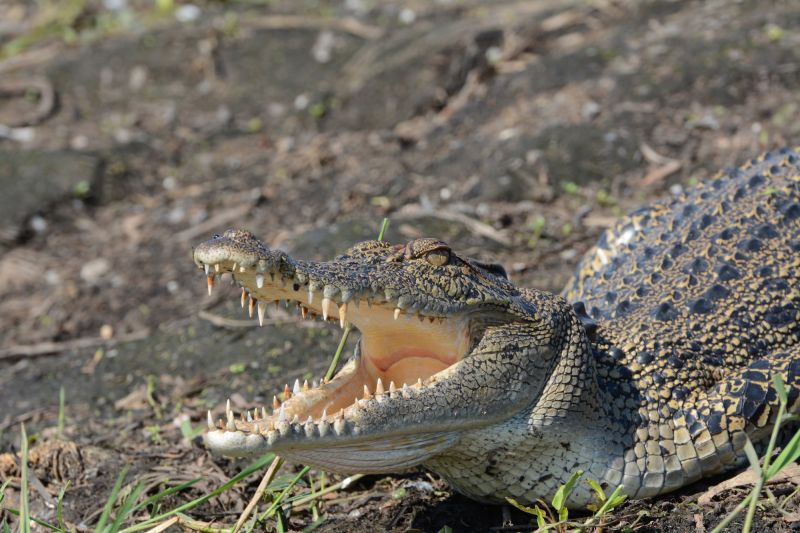
Image: Saltwater Crocodile.
Given you’ve spent so much of your life there, what do these regions mean to you?
Growing up in Kakadu as a young fella, I have experienced the land evolving from being made up of buffalo and cattle stations, to being declared a National Park, which was a significant moment in my life. It took the region from being open pastoral lands to being protected areas for future generations which is incredibly important.
Arnhem Land has always been Aboriginal land, and since 1931, you’ve needed permits to enter there so the protection within Arnhem Land has been there since day dot, with Aboriginal’s controlling it even before they got their rights in 1967. We are privileged to have access to the area and can generally take guests anywhere they want to go across the region.
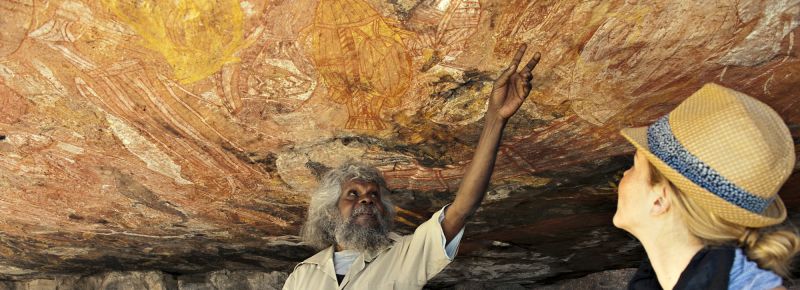
Image: Local indigenous guide describing cave paintings.
Are you able to expand a little bit more on your own relationship with the local indigenous people of Arnhem Land?
My father arrived in Kakadu in 1959. There were no Anglo Saxons out there in those days, so he employed local Aboriginal people, still wearing their traditional clothing.
As I grew up I got an incredible wealth of knowledge from them. They were very good to me and taught me what life was all about. This was at a time when there were no other Anglo Saxons around in the Kakadu area, except for my brother, until the late 1960s. So, during those teenage years, we grew up fast - we had to grow up fast. The Aboriginal people were just tremendous in supporting us and that has followed through to my relationships in the area today.
What is your favourite place to visit?
My favourite place is Arnhem Land. Due to the permit requirement, it’s not crowded and it just feels spiritually moving when I’m there sitting down on the ground with the Aboriginal people. Taking guests in there is an important component of the trips because they get an appreciation of how special and lucky we are to live in a country where we live in relative harmony compared to many other areas around the world. It’s an interesting experience for many guests, as the local Aboriginal people don’t really follow what’s going on around the world. They are traditional people, so the most important thing to them is their land and their family.
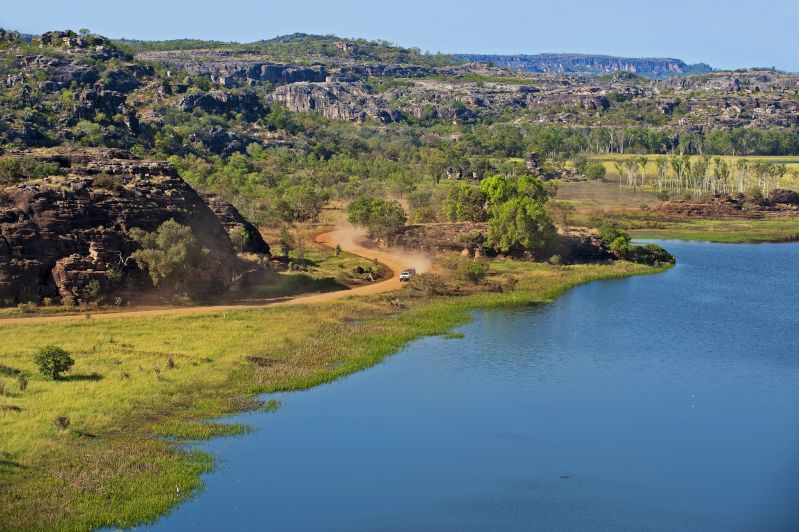
Image: Arnhem Land landscapes.
What is the best time of year to visit?
Anytime in the dry season (May-October) when it’s not too busy with school holidays. So from the second week of May until the school holidays at the end of June, then after the holidays (mid-July) through until about September.
Have you seen any changes across the ecosystem - good and bad? If so, what are they?
I’ve seen some good and some bad.
The effect of global warming is causing intrusion of salt water into some of the swamp lands, which is causing catastrophic devastation to Melaleucas (trees) and species of grass, which I’ve noticed myself in my lifetime. A lot of introduced grasses like mission grass and gamma grass are a major fire problem in the Northern) Territory now, because they create such a fuel load for fires.
On a real positive note, having National Parks established by the Western Australian and Northern Territory governments has enabled countless visitors to enjoy the wildlife while protecting Indigenous culture and iconic species in the area. My father was a big Crocodile shooter and after protection in 1971, the estimated population of 5000 crocodiles has risen to at least 100,000 – a real success story. This is the primary reason why people come to the Territory. I know people talk about hunting them but I’m completely against that - utterly and completely against any hunting of crocodiles.
What are you most proud of when you’re showcasing this region to guests from across the world?
I’m most proud of the people that work for me. Without good guides/park guides that I’ve had, you can’t portray what’s there and connect with what people love. For me, this is my 27th season now. I just love meeting people and showing them my backyard so they fully understand why I’m so passionate about it.
I try to provide an overall experience - I don’t try to focus on one thing unless someone specifically asks for a particular species of wildlife they want to see. Some are interested in photography and they want to photograph birds, culture, landscape, while some want to understand more about the indigenous people of the region.
I’m no expert on everything, but providing this overall experience has enabled guests to form memories for the rest of their lives - and hopefully, their children will come back and do a tour, which has happened on a couple of occasions!

Image: Guests exploring Bamurru Plains on an airboat.
What are the most surprising things guests find about the region?
I think there are two factors. Firstly, a lot of overseas guests expect to turn up and find most of the land to be semi-arid. They don’t expect the volume of trees. The other surprise is the very low concentration of people in the area - they’re used to going places in Africa or North America where there are a lot more people. With our trips, you might be in an area and see no one else all day!
What’s your favourite wildlife species to share with your guests?
Reptile: Of course, the Saltwater Crocodile.
Bird: I would have to say the Red-tailed Cockatoo.
Macropod: The Agile Wallaby - just because they move so quickly and are able to get away (from predators)
Insect: The Leichhardt's Grasshopper.
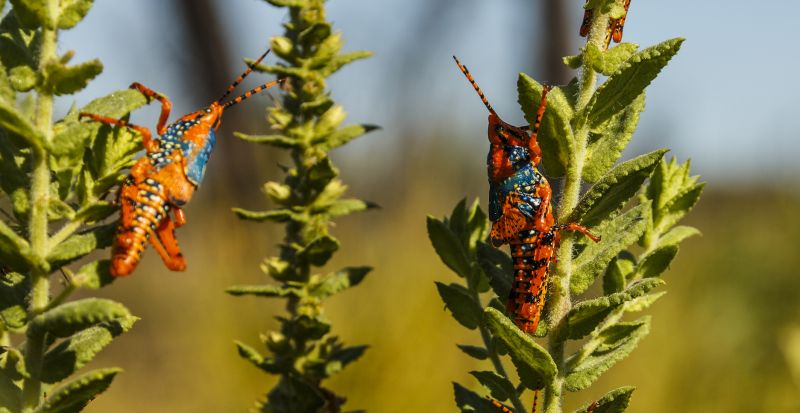
Image: Leichhardt's Grasshopper.
Is there anything new or exciting on the horizon for Lords Safaris/Lords Kakadu & Arnhem Land Safaris?
The most exciting thing for me at the moment (apart from what I’m doing and showing people) is the association with Australian Wildlife Journeys. I think that it’s going to be a legacy that I can leave not only my kids but for the next generation.
It’s not all about money, it’s about what we can do for the environment and show people to get them to understand the challenges we face. For example, the impact the feral cats and cane toads, and invasive species of weed, are having a devastating impact on our wildlife. These issues are really important for each operator that’s involved with Australian Wildlife Journeys, and for me, this is a really exciting time at my age.
It’s all about protecting species and the ecology of the overall ecosystem. If we try and protect areas that maybe getting deforested or suffering from salt intrusion, hopefully down the track we will have a bit more power to lobby the government and say ‘look what we’re doing’! We need a hand in protecting these sensitive areas and we need to act quickly.
Sab and his small number of guides, operate exclusive and personalised private tours through Kakadu and Arnhem Land during the dry season - April and October.
Three Day 'Peek' Kakadu & Arnhem Land
Kakadu & Arnhem Land Photography Tour
Six Day Lords Safaris, Davidson's Arnhem Land & Bamurru Plains
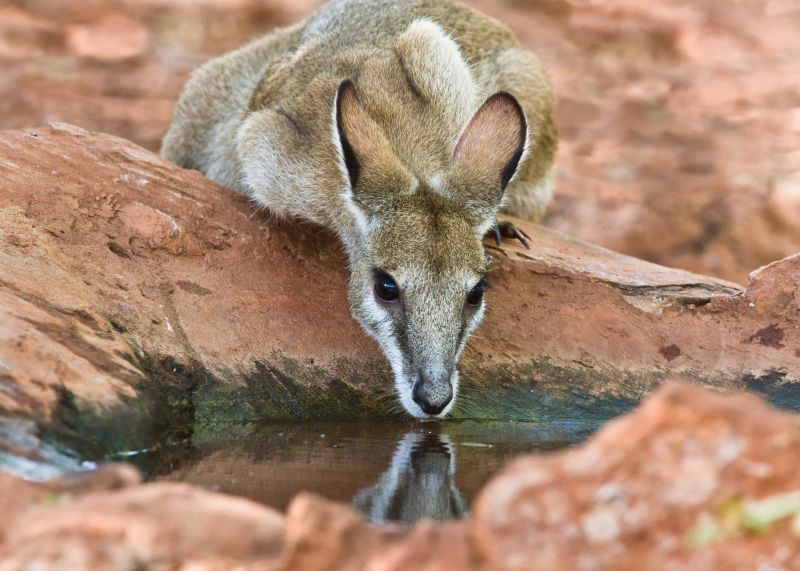
Image: Agile Wallaby.

